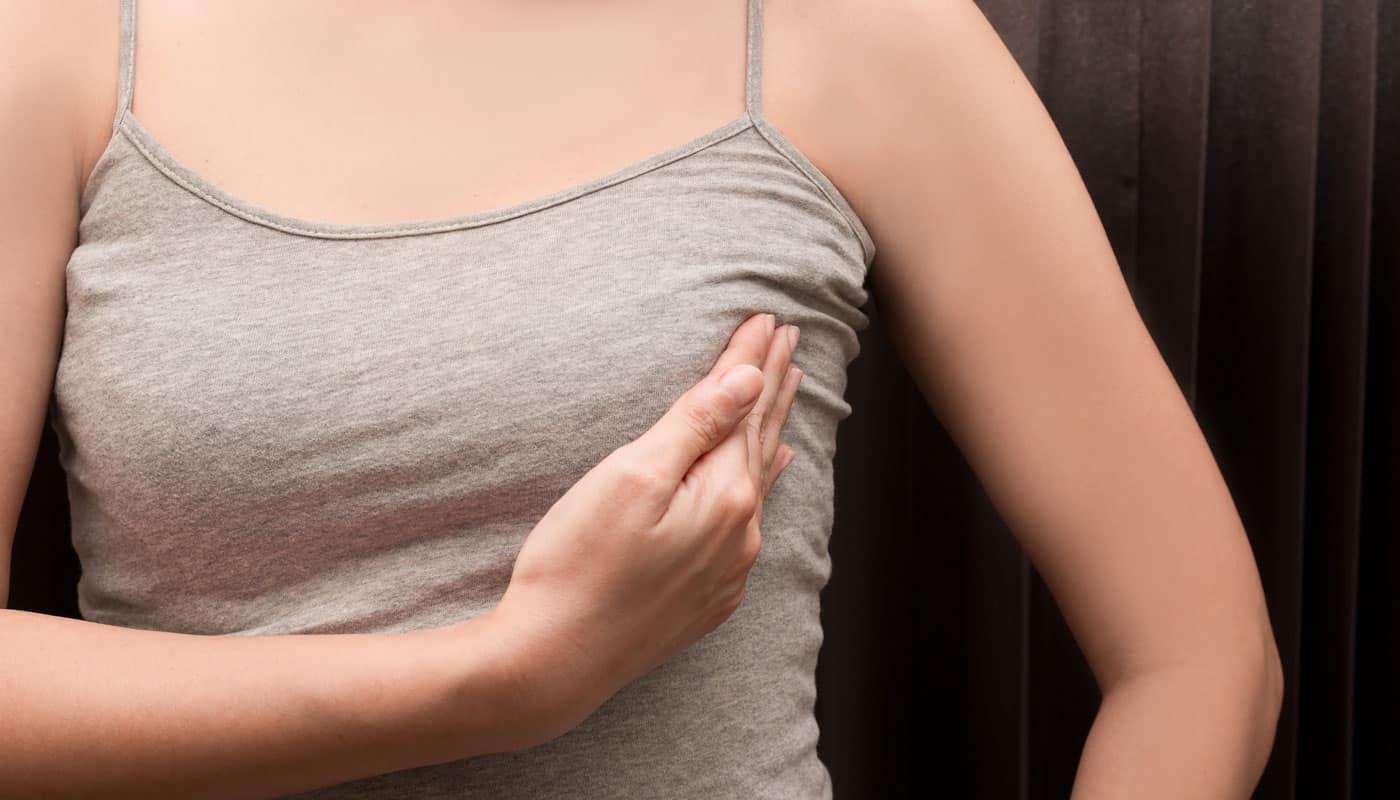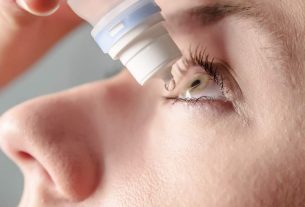Breast pain is a very common symptom among women and tends to happen mainly during menstruation or menopause.
Breast pain is a very common symptom that, in fact, has happened to most women (70%). Known scientifically as mastalgia, this discomfort occurs, most of the time, due to hormonal changes. Therefore, it is common for breast pain to occur during menstruation or menopause.
However, pain can also be a sign of serious illnesses, such as the presence of cysts in the breast, breast cancer or breastfeeding mastitis. Firstly, it is important to note whether the discomfort has been occurring for a long time. And, if it goes beyond 15 days, you need to see a gynecologist to carry out an evaluation and request tests.
Furthermore, check out the main causes of breast pain and the ideal treatment for each one below.
Main causes of breast pain
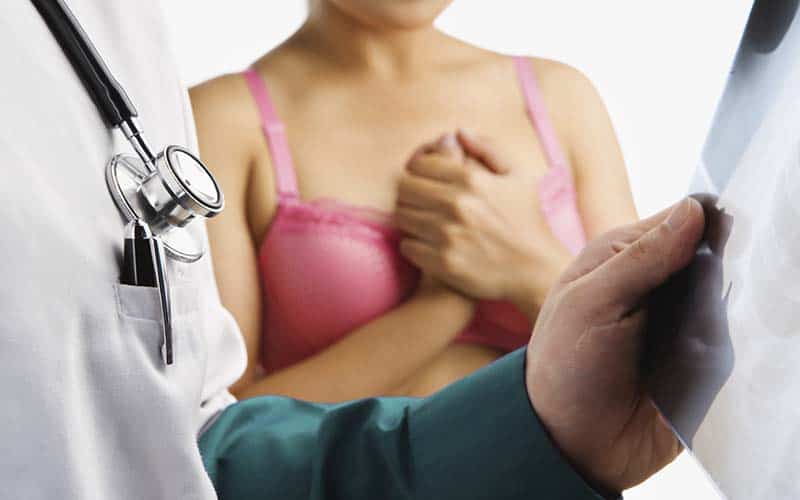
Menstrual cycle – Hormonal changes that happen before and during menstruation can cause breast pain. This happens due to the increase in estrogen and progesterone in the body, which causes the breasts to swell and become more sensitive, therefore causing discomfort.
Very big breasts – The weight of the breast can cause stretching of the Cooper’s ligament (the structure that supports the breasts).
Mastitis – Mastitis is an inflammation of the mammary glands. Common in pregnant women, this problem, however, can also affect other women. It causes pain, swelling and redness.
Breast pain: Breast cyst
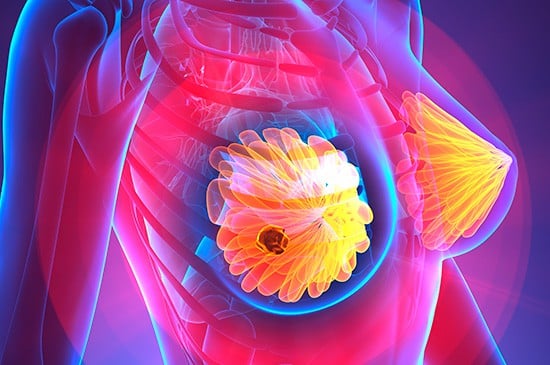
Firstly, it is important to highlight that women of all ages can develop a cyst. However, it is more common in premenopausal women.
Breast cyst is a benign condition and can be multiple, simple or complex. It is possible for the cyst to appear and disappear during the menstrual cycle. However, if the cyst bothers you a lot, it is possible to drain it or remove it surgically.
Traumatic mother – After injuries or trauma, such as blows, it is common to experience breast pain.
Ectasia ductal – Ectasia is a hormonal change that occurs due to the dilation and obstruction of the breast ducts that transport milk. The symptoms are very similar to those of mastitis.
Pregnancy – One of the first signs of pregnancy is breast pain. In fact, during pregnancy, especially in the first trimester, the breasts become sensitive and painful due to the increase in hormone production.
Onset of puberty or Menopause

It is normal for girls aged 10 to 14 to experience minor discomfort in their breasts. In fact, this is the period when breasts are starting to grow.
Furthermore, menopausal women may experience breast pain or burning, in addition to other typical symptoms such as hot flashes, night sweats and mood changes, for example.
Breast cancer – Breast cancer, in most cases, does not cause pain in the breasts. However, when inflammatory, cancer can make the breasts sore. Furthermore, other symptoms include redness, swelling and itching.
Previous breast surgery – After breast surgery or biopsy, they may experience pain.
Medicines – Hormonal medications, such as birth control pills and infertility treatments, can cause breast pain.
Furthermore, antidepressants, metronidazole, clomiphene or spironolactone, may also be responsible for this discomfort.
Treatments
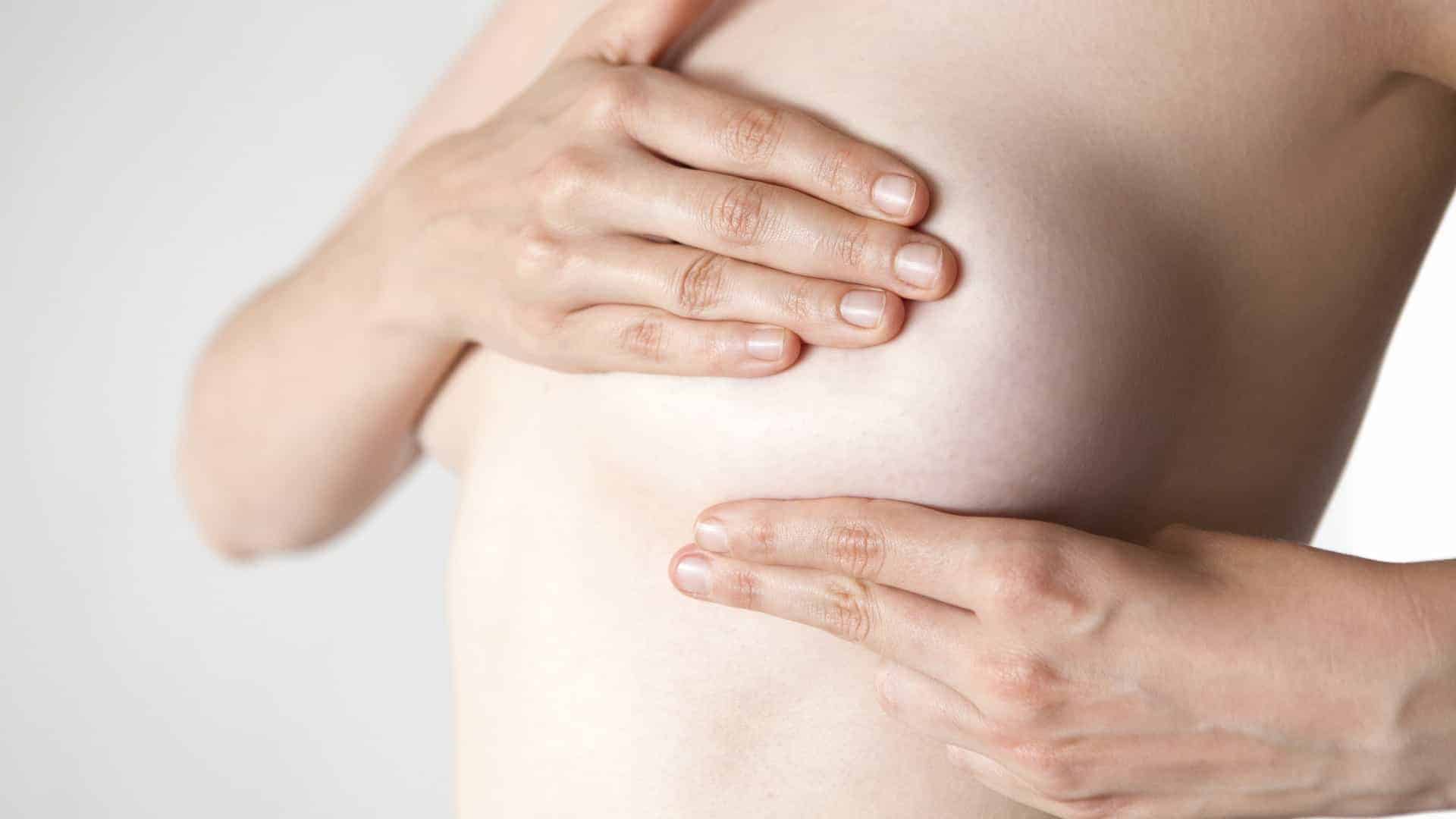
In many cases, breast pain disappears over time. Furthermore, simple changes in habits, such as having a good diet, stopping smoking and reducing caffeine consumption, can also be effective against discomfort.
A tip for women with large breasts is to always wear the correct size bra. The type of lingerie is also very important, in fact, there is a specific one for each moment and occasion.
On the other hand, when the pain is related to medication, it is important to consult a doctor to change the medication or reduce the dose.
Finally, you need to see a doctor when the pain in your breast is very severe and/or lasts more than 10 consecutive days. Additionally, pay attention to symptoms such as discharge, redness, pus, fever or the appearance of a lump in the breast.
Sources: Md Saúde, Silvio Bromberg, Tua Saúde.
Image sources: Overcome Farma, Fight back, Live longer, live better, Pinterest, Up-to-the-minute news.

Sign up for our newsletter and stay up to date with exclusive news
that can transform your routine!
Warning: Undefined array key "title" in /home/storelat/public_html/wp-content/plugins/link-whisper-premium/templates/frontend/related-posts.php on line 12
Warning: Undefined array key "title_tag" in /home/storelat/public_html/wp-content/plugins/link-whisper-premium/templates/frontend/related-posts.php on line 13

